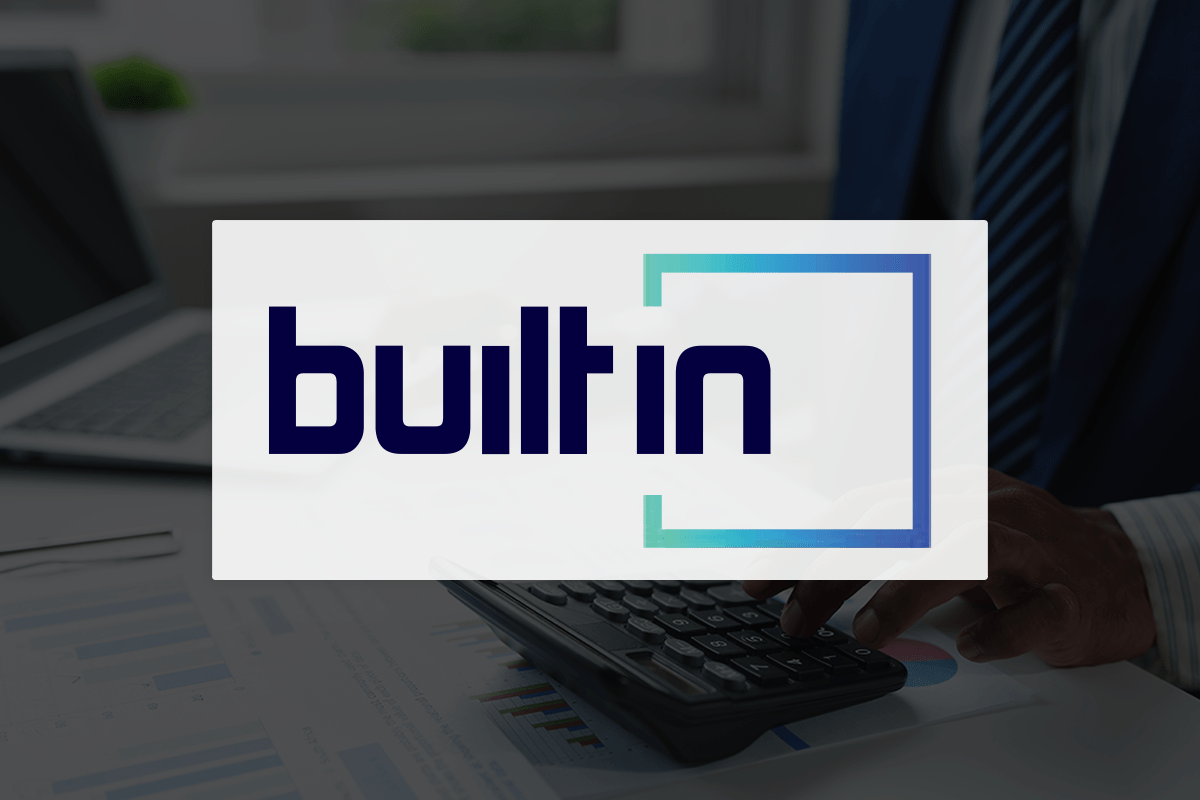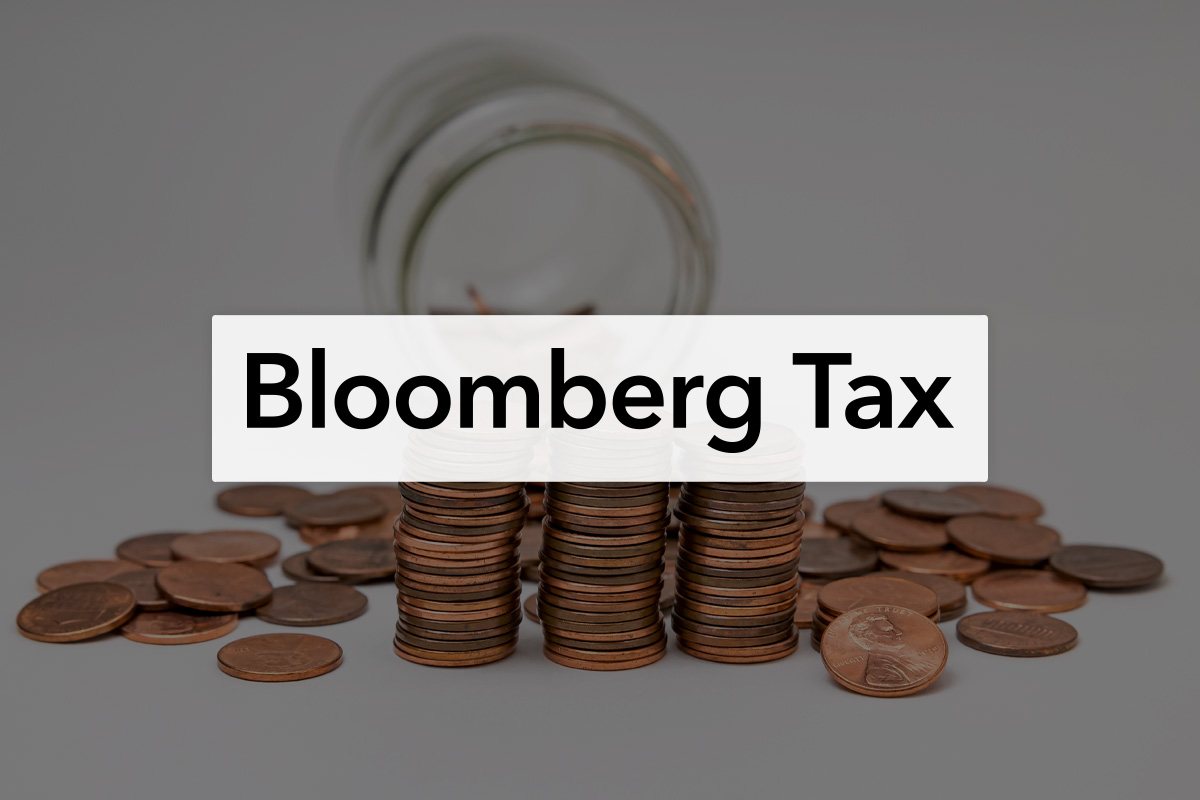During Federal Reserve Chairman Jay Powell’s recent testimony before Congress, he was pressed by legislators on both sides of the aisle on the top threat to our nation’s economic growth: inflation.
He reiterated similar comments this week after policymakers hiked interest rates by 25 basis points for the first time since 2018.
While the initial cause of the skyrocketed inflation rate can be traced back to when pandemic-era supply chain issues frustrated the normal market pattern, American consumers are still struggling to afford the rising cost of goods as businesses face sharply higher costs for labor and materials. But in his State of the Union address, President Biden made it clear that finding a solution to the inflation problem is an immediate priority.
The Fed is behind the inflation curve, grappling with the breadth and tenacity of the highest rate since Paul Volker was battling it in the 1980s. These numbers haven’t been lost on Powell, who has now pivoted and agreed to retire the qualifier “transitory.”
Currently, financial markets are claiming inflation is supply-driven and ought to fade overtime, but following the money tells a different story.
The 10-year U.S. Treasury rate trades at yields well below the rate of inflation. Further, two factors point toward demand-side roots and a greater persistence in current inflation patterns than financial markets appear to be pricing in.
First, supply chain troubles have drawn significant popular awareness, but the actual supply of real goods are essentially at peak levels. This implies a sizable contribution by the more intractable demand side of the inflation equation.
Second, we may instinctively tend toward complacency regarding inflation, given the lack thereof following the 2008-2009 Global Financial Crisis (GFC). Then, as now, fiscal and monetary stimulus were liberally deployed to dig the country out of a recession, and commonly feared inflation did not materialize in the GFC’s aftermath.
However, it’s misleading to extrapolate from the GFC’s after-effects and presume that today’s inflation will ultimately turn out to be benign. In 2009, households were in no position to stoke inflation, with their finances decimated by the collapse in housing and retirement account values. Credit conditions also remained tight for an extended duration, stifling any upward price pressures.
Today, skyrocketing financial and real assets, driven by abnormally low rates and trillions in pandemic stimulus, have left households flush and eager to spend. Likewise, credit is free-flowing and more capable of fueling demand. Finally, two key production inputs that were cheap post-GFC, oil and labor, are expensive now.
Despite an encouraging trend regarding the supply of real goods, issues along the supply chain are still contributing to the rising inflation rate. To tackle this issue, the President must ensure that significant monies spent by states through the bipartisan infrastructure bill are targeted toward the movement of goods.
For example, to improve the efficiency of all U.S. ports, states must start loosening labor rules and increasing the adoption of automation solutions. The Port of Baltimore, which heavily relies on automation technologies, is the most efficient container port in the U.S. Conversely, the Port of Los Angeles ranked 328 out of 351 global ports in terms of performance. The Port of Long Beach clocked in at an even more embarrassing 333.
These abysmal rankings are a result of local government resistance to practical solutions such as stacking containers, allowing port owners to pave lots they already own to provide more storage, and modifying ordinances and regulation that cause indefensible multi-year delays to build warehouses on empty land.
The administration can also mitigate supply delays by encouraging the onshoring of as many U.S.-founded businesses as possible. The Kearney U.S. Reshoring Index has shown that in recent years, U.S. imports of manufactured goods from low-cost countries in Asia have actually increased, indicating movement in the wrong direction.
Relocating these businesses stateside will control costs, increase U.S. job numbers and create stability if and when we are hit with another catastrophic event. Recent reports of Intel and others creating semiconductor plants in the U.S. is welcome news, but these projects will take years to complete. President Biden must work in the immediate, as promised during his campaign, to incentivize American businesses from all industries to move back home.
Additionally, even before Russia’s invasion of Ukraine, inflation was fueling a significant rise in energy prices. Last week, oil rose as high as $130 per barrel before easing and natural gas prices are similarly skyrocketing. Here, the President has choices beyond releasing fuel from the strategic reserve, which though politically easy, has limited effectiveness.
Diversifying our energy sources means re-reading the energy playbook for national energy independence: more environmentally conscious drilling, quicker permitting for new or expanded refineries and pipelines and more LNG capacity.
And perhaps most importantly, America must coax millions of individuals back to the workforce. Once inflation seeps into the cost of wages and rents, a trend we already are seeing evidence of, the issue will become self-feeding and more difficult to restrain.
Although many contributing factors to the inflation rate can’t be resolved in the next year, acting strategically now, and pursuing every avenue available, will lessen its long-term impact. We aren’t seeing the aggressive leadership from the top that we need at this moment, but the opportunity remains, and President Biden should seize on that opportunity now.






